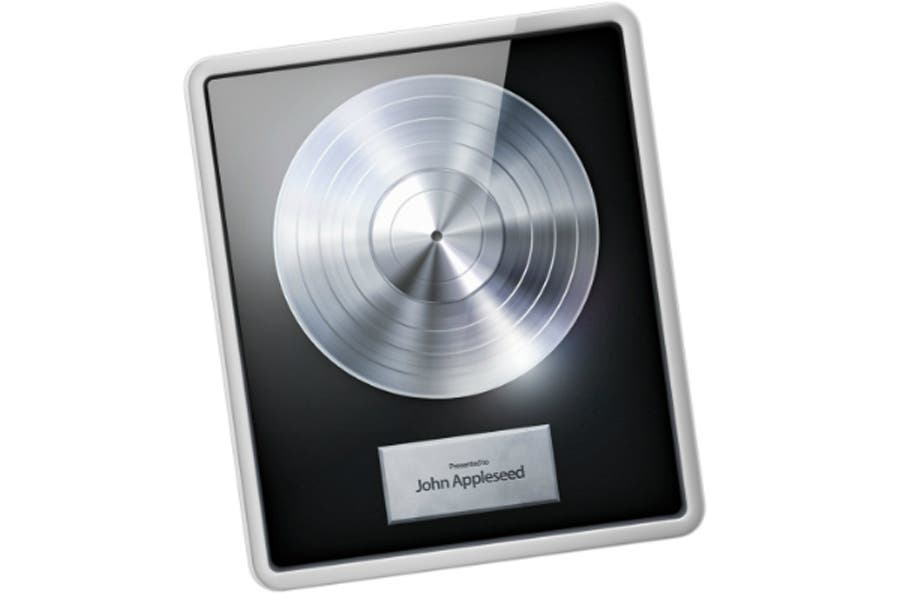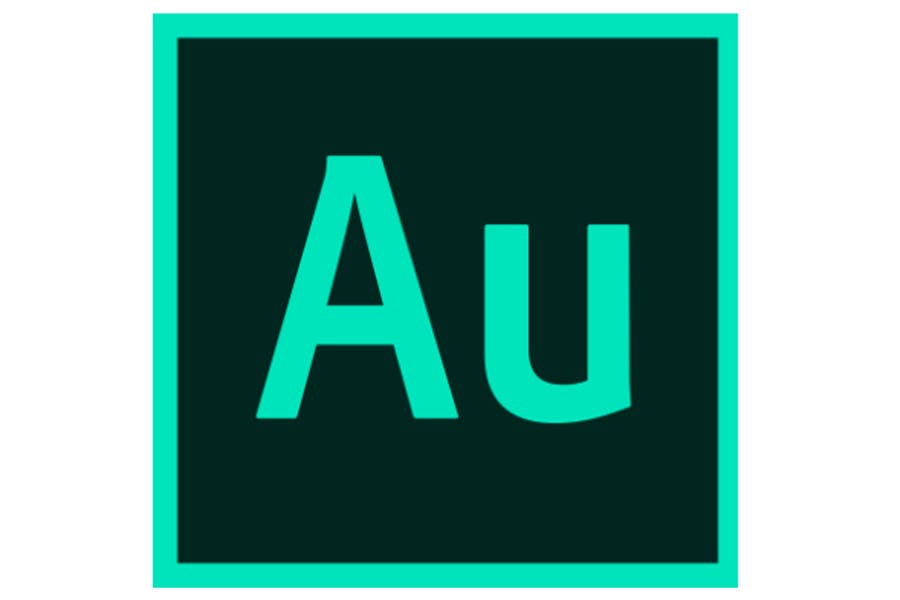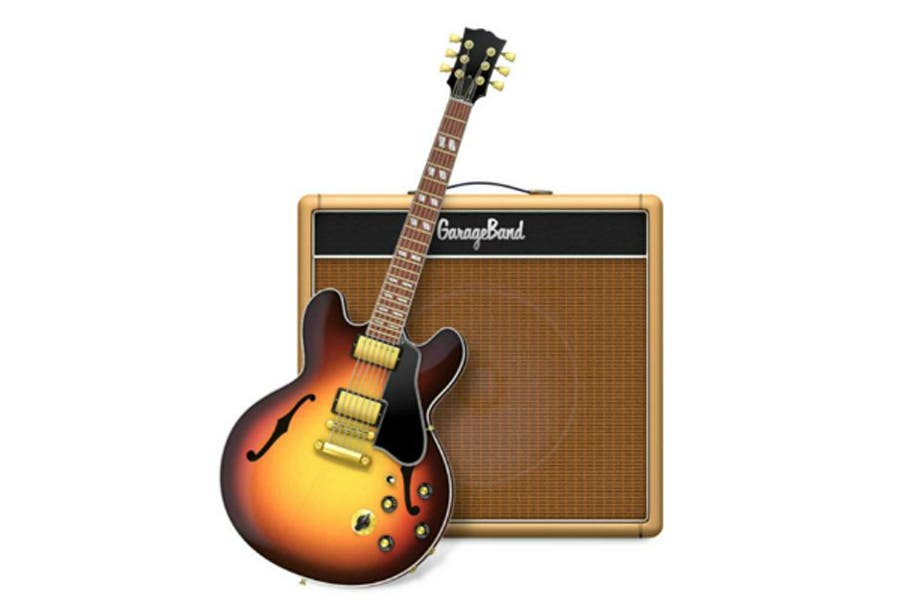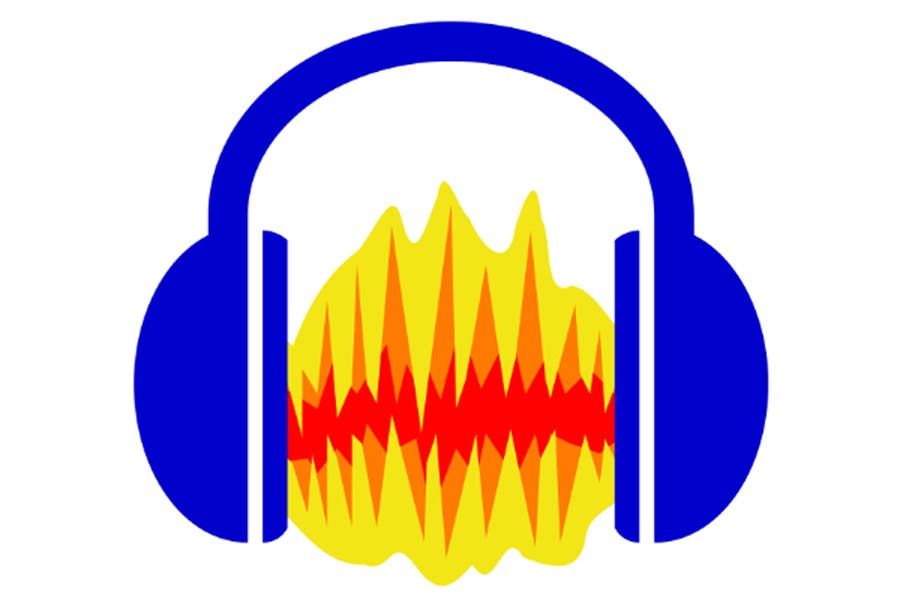You may already know that in order to create a podcast, you’ll need a few important pieces of hardware: good quality podcast headphones for monitoring your audio quality and levels, reliable podcast microphones for you and your guest/s, a podcast mixer that will allow you to record from multiple audio sources, an audio interface to convert sound signals into digital format, and a laptop that’s speedy enough to handle heavy audio files for fast and convenient file transfers, editing, and storage.
Aside from those, you’ll definitely need to have one main podcast software where you can perform all of the necessary digital functions in order to make your track sound as good as you want it to be. You can always record your audio elsewhere, but being able to record them directly into a software where you will be editing them helps save you a lot of time during post-production.
As for the “right” software, the best will always be what you’re most comfortable with using. It’s important that you get to know each available recording software and see which one suits your needs best.
5 Best Podcast Recording Software
Below you’ll find five of the most popular recording software programs that millions of podcasters are using to record, edit, and master their tracks in order to transform them into high-quality podcast episodes.
To help you choose, we’ve also included brief tutorial videos that show how you can use each software to record and edit your podcasts.
Logic Pro

Compatibility: Mac
The Logic Pro is a common favorite among podcasters and music producers alike. It’s a full-featured audio software with a fairly simple interface that displays all of the basic functions that you need right on the screen. Should you wish to upgrade and access its full suite of features, you can simply enable it by ticking the Advanced Tools check box in Settings.
This Apple audio software can be linked to the Logic Remote App for iPhone or iPad, and its files can be opened in GarageBand.
Overall, its beginner-friendly workspace and multiple advanced functionalities make it an ideal software choice for both newbies and experienced podcasters. The only catch is that it requires a one-time purchase of $200.
Adobe Audition

Compatibility: Windows & Mac
Adobe Audition CC has definitely come a long way since Adobe acquired it in 2003, back when it was the Cool Edit Pro on Windows. The current version is now fully capable of producing music and podcasts, as well as editing and mastering tracks with its many background noise reduction features, EQ, and more. Another notable feature is the batch processing function, which allows you to apply the same group of effects to separate files.
You can get this digital audio workstation for $20.99/month, but you can access it for free if you are already subscribed to the full Creative Cloud Suite. You’ll find a lot of easy tutorials online, including this one below:
GarageBand

Compatibility: Mac
GarageBand has long been one of the most popular free music production software for Mac. Its user-friendly interface matches that of Logic Pro and is recommended for first-timers, although many experienced podcasters have stuck with GarageBand for its wide range of features.
With this digital audio workstation, you can easily create separate tracks for vocals and music—whether it be for your intros, outros, or even your ad spots—and modify and move them around as you wish. Aside from the basics, you can enable plug-ins like EQ, compression, and noise gates for each of your tracks. And if you’re going to be podcasting, these are already more than enough.
Audacity

Compatibility: Windows & Mac
Like Adobe Audition, Audacity is a cross-platform (which means it works on multiple operating systems) audio editing software. And like GarageBand, it’s completely free! What probably sets it apart is that there’s a bit of a learning curve for it, but it remains to be a super popular podcast audio editor among beginner and professional podcasters and producers alike.
Audacity is equipped with useful and powerful features, such as Silence Finder, Truncate Silence, Sync-Lock, as well as saveable EQ and effects, multiple import and export options (including MP3, WAV, AIF), and other audio manipulation and organization functions. The software is also regularly updated, so you can enjoy its full suite of pro tools on any Mac or Windows computer.
Hindenburg Journalist

Compatibility: Windows & Mac
Hindenburg actually owns a family of audio production and editing programs, with the Journalist being their most recommended software for entry-level podcasters. For just $95, Hindenburg helps you put emphasis on your storytelling as you piece clips and interviews together to create a cohesive track.
Aside from offering basic recording and editing functions, it boasts of other powerful features such as the easy-to-use Noise Reduction effect, which automatically identifies persistent noise, hums, and hisses, and allows you to eliminate them by simply turning up the Noise Reduction dial.
Oh, and it conveniently integrates with a few podcast hosting providers.
For more guides on podcasting, you can check our tips on starting a podcast, from recording to post-production. Once you’re done, you can proceed to get your podcast hosted and may want to submit it to iTunes for maximum exposure. Have fun!
Source: adorama.com




Be the first to write a comment.